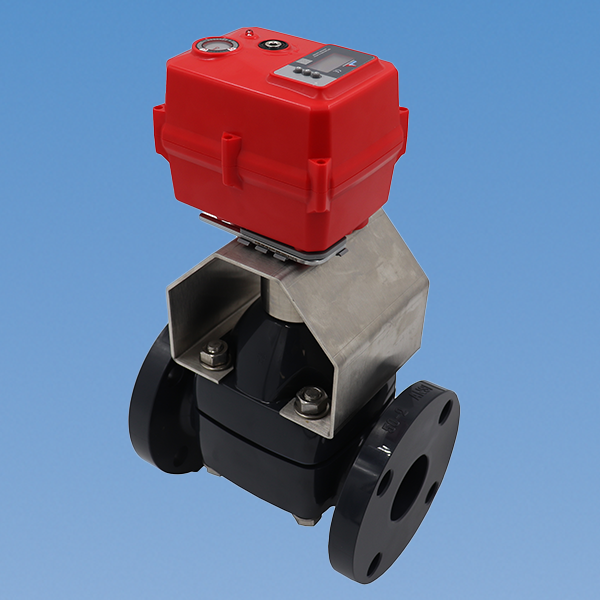Plastic Actuated Diaphragm Valves
Series 19 Electric Actuator on Type-14 Diaphragm Valve
Diaphragm valves can be electrically actuated with the Series 19 actuator up to 4"
Resources
Data Sheet
Data sheet - Series 19 Electric Actuator on Type-14 Diaphragm Valve

